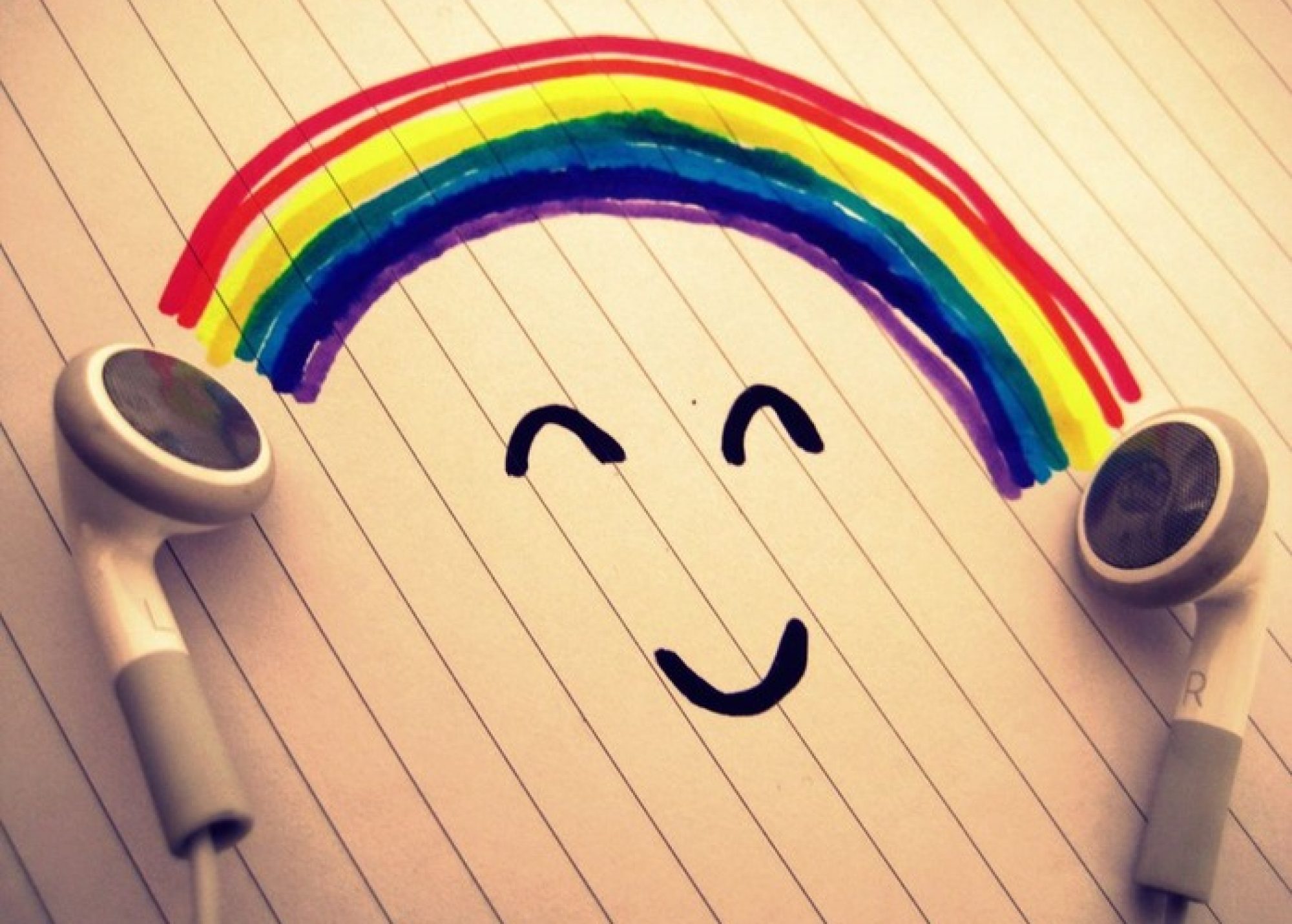After writing my last post, I got to thinking about communication and how little we are taught about how to do it well. This can often be a key focus of my work with parents and teens; demonstrating and facilitating effective communication but despite this, I sometimes forget how to do it in my personal life. So, I thought I would share some ideas here.
What I’ve learned thus far…
Wanting to avoid and run away from conflict or any such forms of communication is part of the human experience, but this varies for different people. The desire to avoid is informed by fear. A fear that we will be hurt, threatened or intimidated. As a response to this we want to protect ourselves or as Brene Browne calls it ‘Armour up’. This is a very normal and common human response (click here to read more about this).
However, it becomes an issue when we fail to remove the Armour which can lead to becoming immobilized; resulting in complete fear and consequent ineptness to communicate with others. When we are in relationships we have a responsibility to remove the Armour to truly communicate, which can be scary for some.
So what can be helpful?
Processing and consequently owning your emotional experience is a natural place to begin. This can be done by talking to a friend or writing down your thoughts, playing some sad music etc.
This grants clarity leaving you sure of what you need to communicate AKA (identifying needs), which is important in a relational context.
Trying to offer self-compassion is important, particularly if you’ve been triggered by your significant other. This is an ongoing struggle for many, myself included. Often, I find myself thinking ‘I wish I wasn’t so sensitive, this is my fault for being so sensitive’, and it’s important that I counteract that with self-compassion.
My take on self-compassion
For me, self-compassion is simply that I recognise that I am a human being with triggers and consequent emotions, doing my best and wanting the best for myself and others. This is much kinder than blaming myself for being ‘too sensitive’.
It’s important to remember here that self-compassion is not displacing responsibility and placing blame on others. When we feel hurt or scolded we blame, shame and insult the other person as a form of defence. I am talking about taking ownership of your ‘side of the bargain’ whilst also recognizing the communication needs of the other person (partner, child, parent, etc.)
In Dialogue
Firstly, remember this; if you’re both angry you will not communicate effectively. Someone needs to walk away and recognize it’s not a good time to have a discussion.
Secondly, it is important to create a space for each other. In the aforementioned point, I talk about giving each other space, here I am talking about creating a time and space to connect with a view to discussing clearly whats bugging you. It’s important to not have interruptions but also to ‘hold space’ for each other. This simply means you listen, don’t interrupt and give one another sufficient opportunity to really express whats on your mind.
Here are some do’s and don’ts!
Don’t
- Don’t shame and blame. Blame is unhelpful and unproductive in such encounters and will lead to further disconnect.
- Don’t try and control the behaviour of the other or control the outcome of the dialogue. You can’t control other people, you can only influence. This mainly pertains to parents, however, it can be seen as asking for what you need in the context of a romantic relationship.
- Don’t get on the escalator i.e. don’t escalate the situation by reacting with anger or high intensity emotion (click here to learn more about this).
- Don’t try to change what they’re saying.
- Don’t try to fix it.
- Don’t try to ‘look at the positives.’
- Don’t tell them what to do.
Do
- Ask ‘What can I do differently?’
- Accept and hear what they’re saying, even if you disagree.
- De-escalate if necessary (by being clear and calm).
- Try and move away from problem-focused dialogue. I will say more about that below.
- Share what your primary concern is – one thing at a time!
- Share what they can do differently or what would be helpful for you moving forwards.
- Share what’s working well so far and what you enjoy about your relationship with this person.
Often, when people have been dealing with an issue for a certain period of time, they can become attached to the problem. This means much of the dialogue focuses around the problem rather than a solution or compromise. It can feel like you’re going around in circles. It’s imperative to move away from problem-saturated dialogue. You can do this by simply exploring next steps or other options. However, being aware of it in itself can be very useful.
It is important that both parties go away with a deeper understanding of the needs of the other.
It may seem like it is hard to find time to listen in this way. That is why I suggest creating a space or setting aside a time to do so.
Concluding thoughts
Again, like all of my posts this is just a brief overview of effective communication, but it is a useful place to start. If you feel you would benefit from couples therapy then I suggest revisiting my first post, which lists affordable therapy service in Dublin. If you are curious to learn more about couples therapy, check out Ester Perels podcast, entitled ‘Where Should We Begin?’ It’s very interesting and will give you a taste of what true communication can look like!
